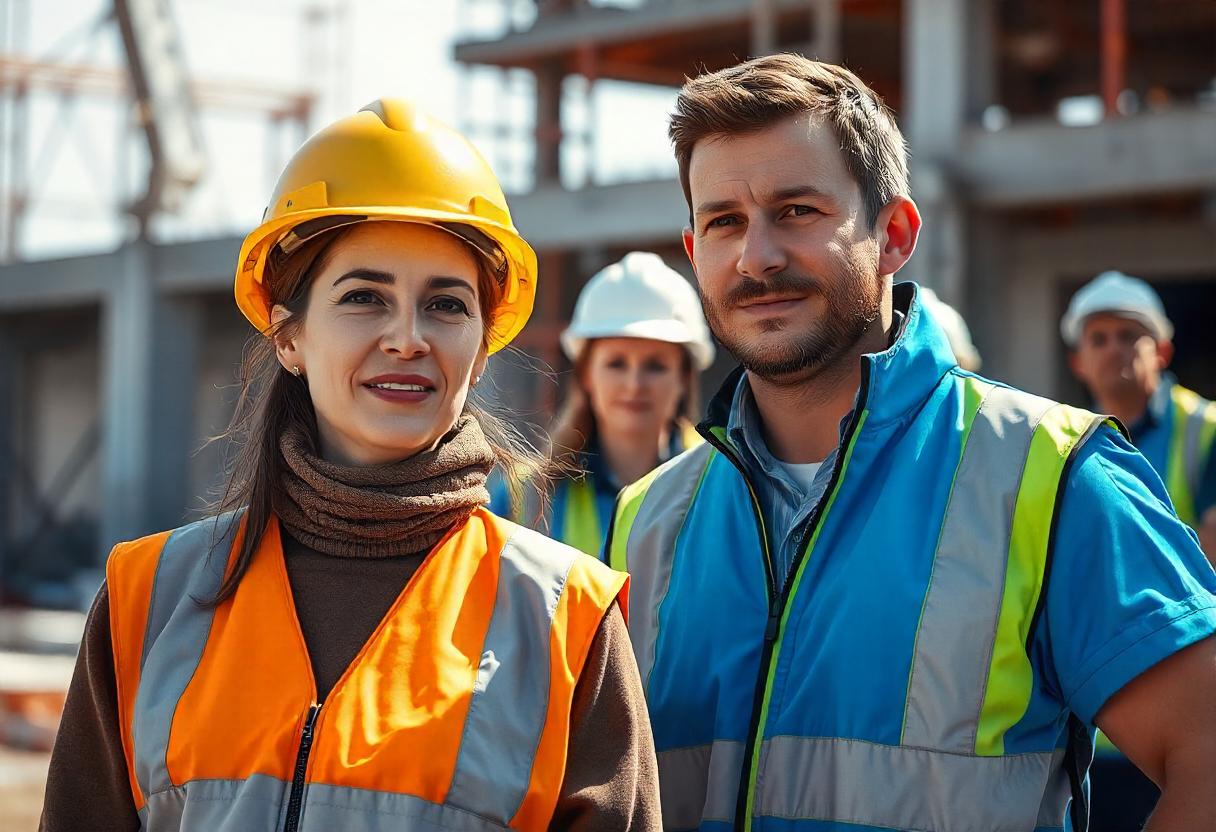How Slips, Trips, and Falls Are Linked to Poor Workplace Housekeeping
If you are considering a NEBOSH Course in Pakistan, you will learn how essential workplace housekeeping is in reducing risks associated with slips, trips, and falls. NEBOSH training emphasizes preventive measures and the importance of proactive hazard management to create a safer work environment.
Understanding the Link Between Poor Housekeeping and Workplace Falls
1. Cluttered Walkways and Tripping Hazards
A workplace filled with unnecessary items, tangled cables, or misplaced tools can easily cause employees to trip and fall. When walkways are obstructed, workers are forced to take alternative, often unsafe, routes, increasing their risk of injury.
Example: Imagine a warehouse where stacks of boxes are placed haphazardly along corridors. An employee rushing to complete a task doesn’t see a loose box on the floor and trips, injuring their ankle. Proper storage solutions and a clear housekeeping policy could have prevented this accident.
2. Wet and Slippery Surfaces
Spills, leaks, and uncleaned floors pose a significant slipping hazard. Workplaces that deal with liquids, such as kitchens, laboratories, and manufacturing plants, must have strict protocols for immediately cleaning spills and using appropriate floor signage.
Tip: Ensure all employees know the importance of promptly addressing spills. Keep cleaning materials readily available, and use slip-resistant mats in high-risk areas.
3. Poor Lighting Conditions
Dimly lit workspaces make it difficult to spot hazards such as loose cables, wet spots, or uneven surfaces. Proper lighting is a crucial aspect of workplace safety and should never be overlooked.
Solution: Conduct regular lighting assessments and replace faulty bulbs immediately. In areas with high foot traffic, motion-sensor lighting can be an effective addition.
Step-by-Step Guide to Improving Workplace Housekeeping
Step 1: Establish a Housekeeping Policy
A well-defined housekeeping policy sets clear expectations for maintaining a clean and organized workspace. This policy should include:
Regular cleaning schedules
Designated storage areas for equipment and materials
Immediate response protocols for spills and hazards
Step 2: Train Employees on Housekeeping Practices
Employees should be aware of their responsibility in keeping the workplace safe. Regular safety training sessions can emphasize the importance of maintaining clear walkways, properly storing tools, and reporting hazards.
Step 3: Implement a “Clean As You Go” Culture
Encouraging employees to clean their work areas after each shift prevents clutter from accumulating. This habit significantly reduces tripping hazards and promotes a culture of safety.
Step 4: Use Proper Signage
Signs indicating wet floors, restricted areas, or hazardous materials help employees navigate safely. High-visibility signage plays a key role in preventing accidents.
Step 5: Conduct Regular Safety Inspections
Periodic safety checks ensure that workplace housekeeping standards are being maintained. Identifying potential hazards early allows for corrective action before an accident occurs.
The Role of NEBOSH Training in Workplace Safety
If you want to gain deeper insights into workplace safety, enrolling in a NEBOSH in Pakistan is a smart decision. This internationally recognized qualification covers essential topics such as hazard identification, risk assessment, and workplace housekeeping. Employers value NEBOSH-certified professionals because they understand how to create a safer work environment and reduce accident rates.
Real-Life Example: The Impact of Good Housekeeping
Consider a construction site where workers frequently trip over scattered tools. After implementing a strict housekeeping policy and designated tool storage areas, the company saw a 40% reduction in trip-related injuries within six months. This simple yet effective strategy significantly improved workplace safety and efficiency.
Conclusion
Poor workplace housekeeping is a leading cause of slips, trips, and falls. By maintaining clear walkways, cleaning spills immediately, improving lighting, and conducting regular inspections, businesses can prevent unnecessary accidents. Employees play a crucial role in keeping their workplace safe, and proper training ensures everyone understands their responsibilities.




Comments
Post a Comment